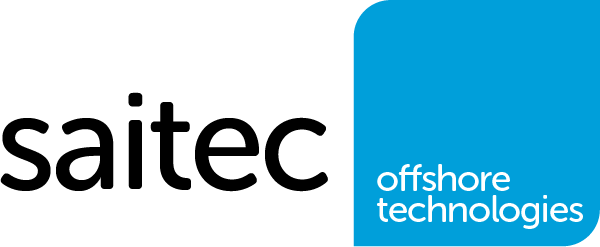FLOAT&M Main Goals
1Modelling O&M costs, including their various descriptive criteria according to the different possible floating platform technologies and maintenance ranges, enabling enough flexibility to include new variants and new knowledge as they become available.
2Development of a drone system with a high autonomy level (smart navigation).
3Application of solutions for the digital transformation of the sector via innovative sensorisation technologies, smart software development, cyber-physical system creation based on digital twins and digital modelling of control-oriented systems.
4O&M modelling strategies for decision-making in prior project phases by means of DES techniques.
5Development of a comprehensive monitoring system in critical joint, preload, tower loads, loads on platforms and on anchoring systems.
6Development of new materials such as high-performance fibre-reinforced concrete or new types of steel for bolts and bearings for offshore wind turbines.
7Development of new anti-corrosion solutions.
8Incorporation of project improvements regarding O&M into the platform manufacturing process.





